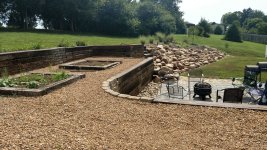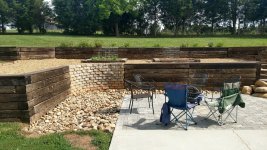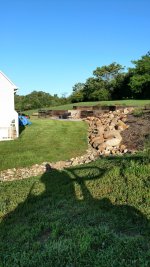LS Tractor Owner
Super Member
- Joined
- May 1, 2017
- Messages
- 7,665
- Location
- Edgewood, NM
- Tractor
- LS XG3025 TLB, Previously MT125 TLB, Craftsman GTS6500
Tell this guy he can't dig.....
 www.facebook.com
www.facebook.com
Not sure what exactly he is trying to accomplish, but this is how you 'dig' with a FEL. Little bits / inches at a time.
Video
 www.facebook.com
www.facebook.com
Not sure what exactly he is trying to accomplish, but this is how you 'dig' with a FEL. Little bits / inches at a time.



